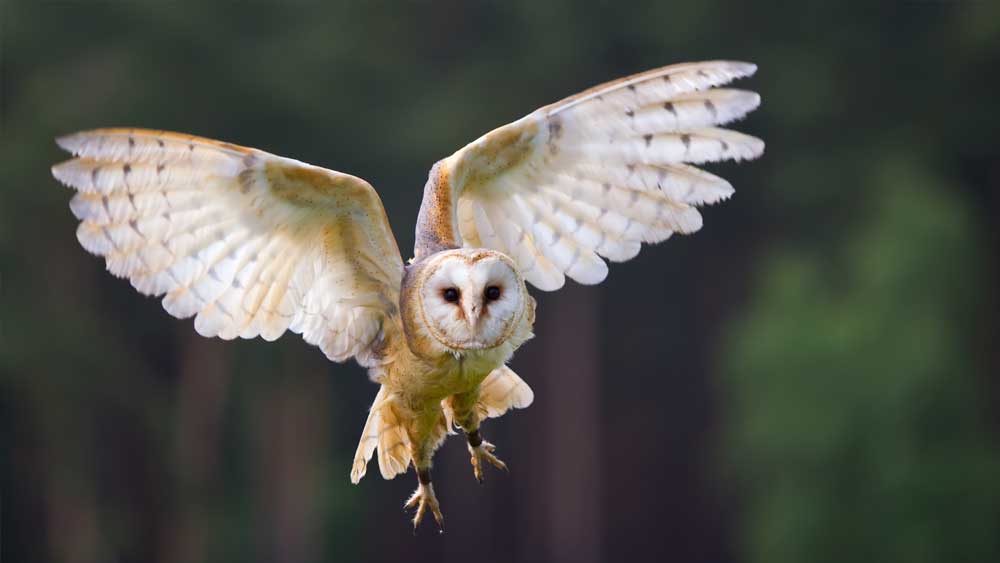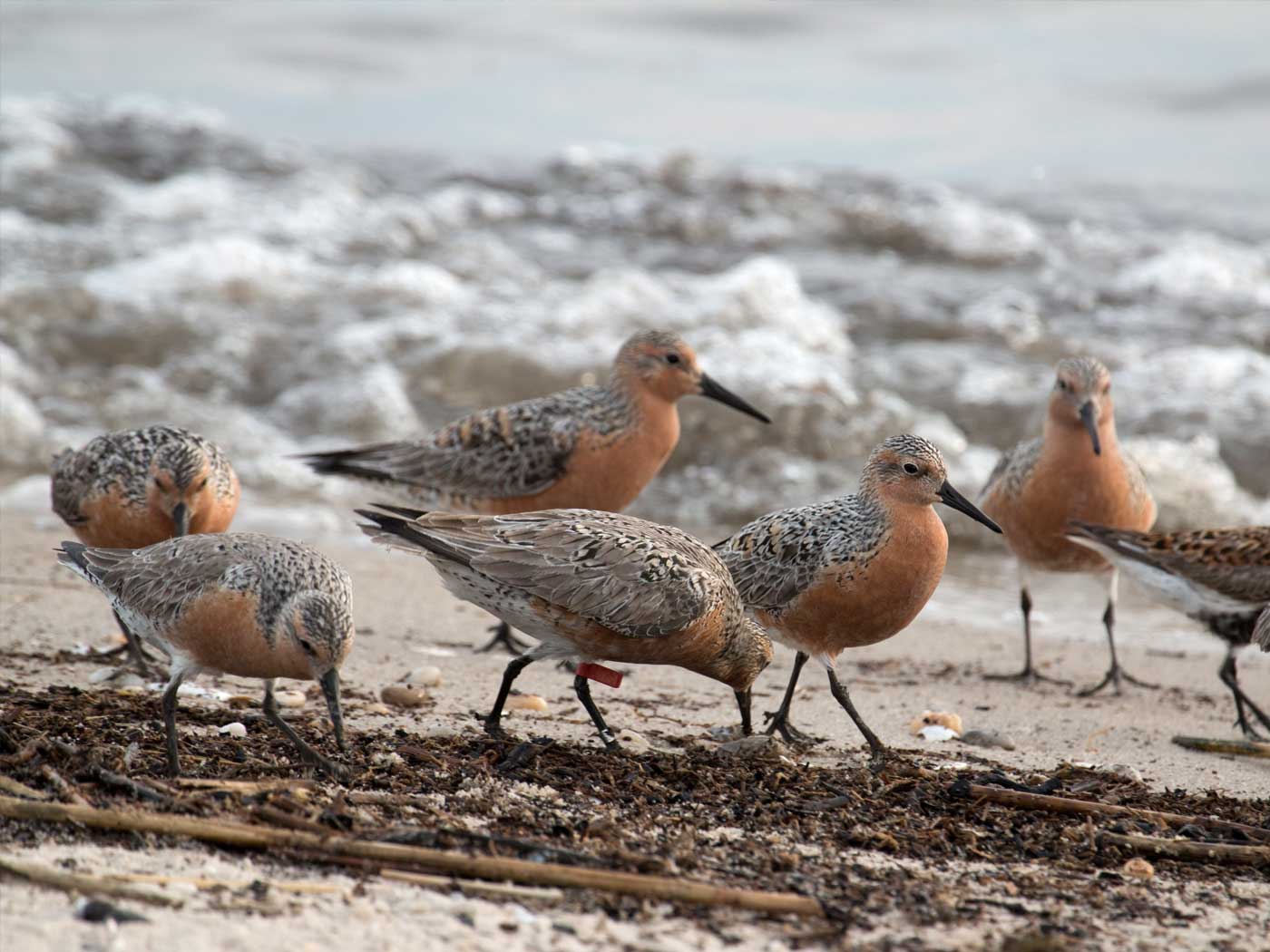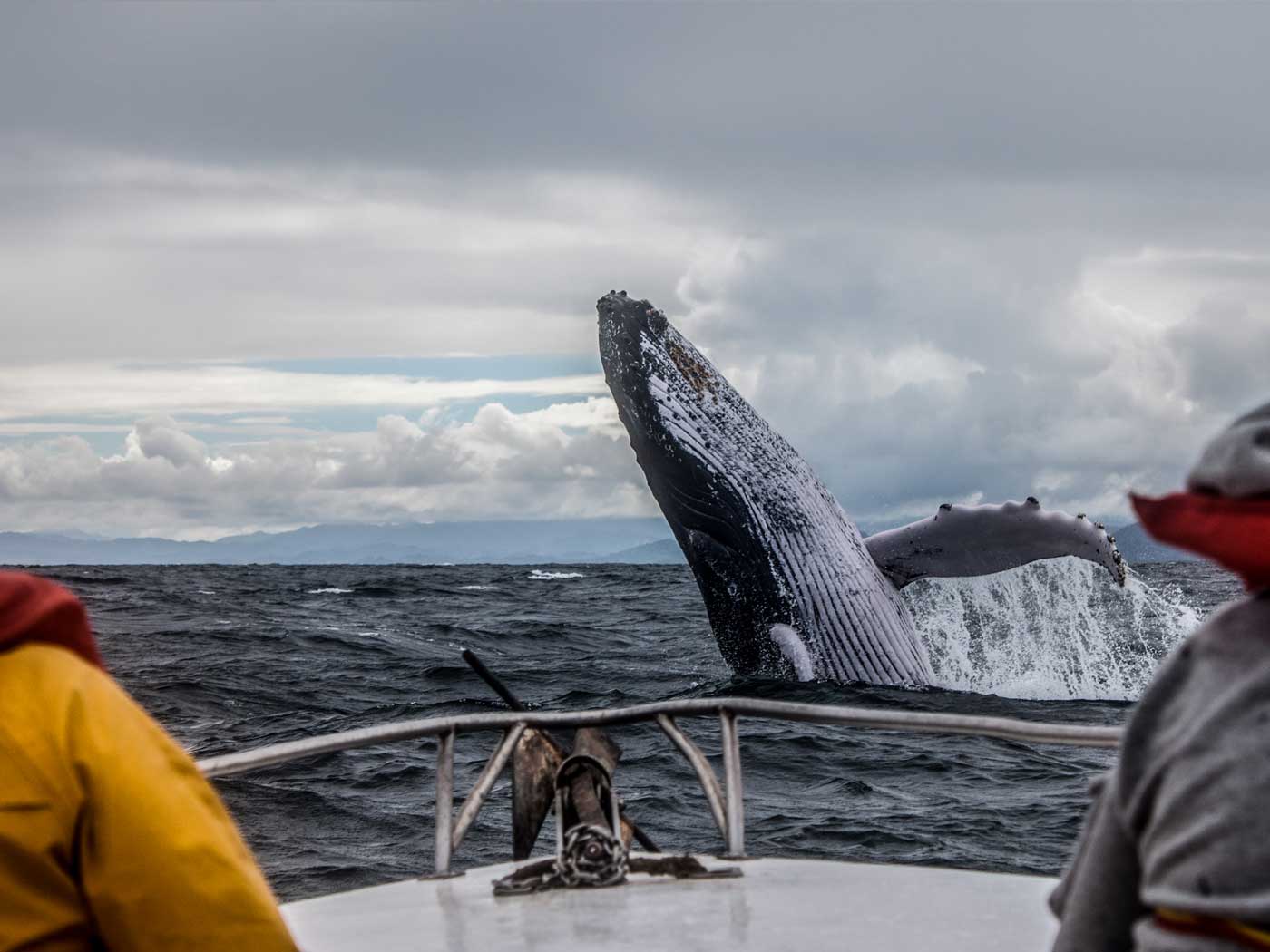For example, NPR’s Abby Wendle recognizes that birds are exuberantly singing in Paris. Perhaps they’re singing more now than before, or maybe everything was so loud that humans couldn’t hear the birdsong.
Humans around the world are stuck inside due to the coronavirus. How is the natural world reacting in the absence of all the noise we usually make? … for the first time in years, birds singing throughout Paris. … With billions of people stuck inside, our noise print is dramatically quieter. In Paris, for instance, a group that monitors noise pollution saw as much as a 90% drop in human sounds since the city went on lockdown. So how is this relative quiet impacting wildlife?2
Likewise, Christine Ro, of Forbes, has reported on how urban places are much quieter nowadays, due to coronavirus-reaction shutdowns of normal human activities, many of which routinely make noises.
One (tiny) benefit of social distancing in cities is the newfound quiet that has urbanites reporting that birdsong, for instance, seems louder than ever before. Some birds are actually likely to be lower in pitch than before, since they have fewer cars, planes, jackhammers, and leaf-blowers to compete with. … However, birds may be more willing to sing under these conditions of relative quiet.3
But the reduction in noise pollution has more of an impact on wildlife than you might have guessed.
The benefits for wildlife extend beyond better communication. Reduced noise levels are associated with higher reproductive success, less migration, and ultimately lower mortality rates. After all, birds whose mating strategies depend on song may need to travel long distances to make themselves heard. … The noise reductions go deep – literally.3
Some geoscientists can see advantages to reduced noise levels, and thus reduced sound wave vibrations.
Seismologists are reporting less seismic noise, or vibrations in the Earth’s crust. Seismic noise caused by human activity in Brussels, for instance, is reported to be down by 1/3 compared to pre-lockdown levels. One benefit is that tools to detect earthquakes and other seismic activity can be more precise.3
Yet is a quiet environment truly more advantageous than a noisy one?
That depends on who you are, because background noise provides a cloak for an approaching predator (like an owl at night), while quiet helps the continuous environmental tracking systems of an at-risk prey (like a mouse or rat).
Consider owls, nocturnal birds of prey. The biophysics applied to their flight maneuvers are mathematically astounding.4
As they fly, silence disguises their attack. Their rodent prey never knew what hit them till it was too late to escape.
Like other owls, barn owls are aerial nighttime predators who hunt quietly. This airborne silence gives hunting owls the element of surprise, as has been demonstrated by acoustical studies, now documented and explained in a BBC-produced YouTube video recording.5
One of the stellar creation biologists/ecologists, nowadays, is Dr. David Catchpoole from Australia. For years, he worked as a scientist for the Queensland Department of Primary Industries, specializing in tropical fruit tees (especially mango), and also taught tropical horticulture at James Cook University. Once an atheist evolutionist, Dr. Catchpoole is now (and has been for decades) a Bible-believing creation scientist, quick to glorify God for His magnificent creatures.
Dr. Catchpoole describes how God has magnificently designed and bioengineered owls, so that they fly silently.
If you watch an owl flapping or gliding, it’s like viewing film footage with the sound on ‘mute’ — they are so silent. That’s because their wings have velvety surfaces, comb-like serrations at the leading edge, and trailing-edge fringes which dramatically suppress the sound of air rushing over the wings. Therefore the owl’s prey (mice and voles) can be taken by surprise. Also, with wing noise suppressed to a level below the owl’s own hearing range, they can better hear (and thus locate) prey while flying — crucial for hunting at night.6
God has so amazingly designed and constructed barn owl wings that, if we are attentive and honest, we must admire them. Indeed, if we fail to marvel at these winged wonders, it’s our own fault!
Owl wings have already inspired quieter fan blades in computers. More recently, [biomimetics technology] researchers using wind tunnel facilities have explored these noise suppression characteristics in more detail, especially the leading-edge [single-barb-tipped] serrations. The owl wing design also efficiently resolves the trade-off between effective sound suppression [needs for surprising prey] and aerodynamic force production [needed for flying]. In striving to understand how, [biomimetics technology] researchers see an ultimate goal of mimicking those design aspects across many man-made technologies. For example, so the blades of multi-rotor drones can ‘chop’ the air more quietly, without unduly sacrificing lift; similarly in other aircraft, wind turbines, and fluid machinery in general.6
Although the night-flying barn owl doesn’t put out much sound, it does take sound in, through its sensitive hearing system.
In fact, short feathers near its ears are designed into grooves that facilitates efficient reception of airborne sound waves (revealing where its prey is) into the owl’s ears! Thus, these owls hear prey well, but their prey don’t hear the owls, often until it’s too late!7
So owls may not be noisy, yet they glorify their Maker just by being what they are, as they exhibit God’s providential care for their biological needs.8
What more can be said about the value of such quiet movement?
References
1. 1 Thessalonians 4:11; Judges 8:28; Lamentations 3:26; Psalm 107:30. However, as Judges 16:2 indicates, silence may be a calm before a deadly storm of calamity.
2. Wendle, A. 2020. Human Life is Literally Quieter Due to Coronavirus Lockdown. NPR Environment. Posted on npr.org April 14, 2020, accessed April 23, 2020.
3. Ro, C. 2020. Is Coronavirus Reducing Noise Pollution? Forbes Science. Posted on forbes.com April 19, 2020, accessed April 23, 2020.
4. Thomas, B. 2011. Fit for Flight. Acts & Facts. 40(8):17. See also Kress, S. W. 1991. Bird Life: A Guide to the Behavior and Biology of Birds. Racine, WI: Western Publishing Company, 96-98.
5. BBC staff. 2016. Experiment! How Does an Owl Fly So Silently? BBC Earth. Posted on youtube.com April 29, 2016, accessed April 23, 2020.
6. Catchpoole, D. 2018. As Silent as a Flying Owl. Creation. 40(2):56.
7. When I taught Ornithology and Avian Conservation lab exercises at Dallas Christian College years ago, autoclaved owl pellets (lumpy material found inside an owl’s digestive system when it died) were examined to empirically observe the undigested part of an owl’s last meal(s). Typically owl pellets contain a mix of small bird feathers and bones, plus skulls or partial skeletons of small rodents.
8. Isaiah 43:20.
*Dr. Johnson is Associate Professor of Apologetics and Chief Academic Officer at the Institute for Creation Research.






















